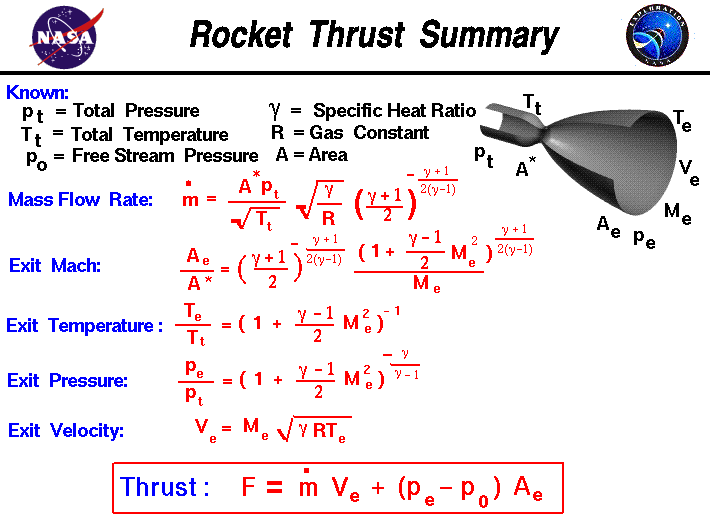Hey everyone,
Being an IB student requires one to write a 4000 word essay on a subject of your preference. Mine is physics. So, I wisely decided to conduct an experiment based on model rocketry; namely potassium nitrate and sugar rockets, but dry compacted like Grant Thompson does it in the video linked below.
The thing I tried finding out is how varying the throat diameter of the rockets (by changing the size of the drilled hike through the end plus) affects the maximum force exerted by them on a force plate.
So I conducted the experiment with said force plate, connecting it to a laptop with logger pro, and I got some results, in terms of force time graphs. They deviated a lot from one another, even within trials of the same diameter, but overall a trend was still visible; as I had predicted, the smaller the diameter of the throat, the more the pressure, the more the flow rate and therefore the greater the force exerted on the force plate. I justified my hypothesis with past experience, where when I created ones with smaller holes, they tended to accelerate a lot faster, judging by eye. Using Newton's second law this would mean greater force. My question is, am I correct in my assumption? What is the relationship between the throat diameter and the force exerted by model rockets? Help would be very much appreciated
Being an IB student requires one to write a 4000 word essay on a subject of your preference. Mine is physics. So, I wisely decided to conduct an experiment based on model rocketry; namely potassium nitrate and sugar rockets, but dry compacted like Grant Thompson does it in the video linked below.
The thing I tried finding out is how varying the throat diameter of the rockets (by changing the size of the drilled hike through the end plus) affects the maximum force exerted by them on a force plate.
So I conducted the experiment with said force plate, connecting it to a laptop with logger pro, and I got some results, in terms of force time graphs. They deviated a lot from one another, even within trials of the same diameter, but overall a trend was still visible; as I had predicted, the smaller the diameter of the throat, the more the pressure, the more the flow rate and therefore the greater the force exerted on the force plate. I justified my hypothesis with past experience, where when I created ones with smaller holes, they tended to accelerate a lot faster, judging by eye. Using Newton's second law this would mean greater force. My question is, am I correct in my assumption? What is the relationship between the throat diameter and the force exerted by model rockets? Help would be very much appreciated




